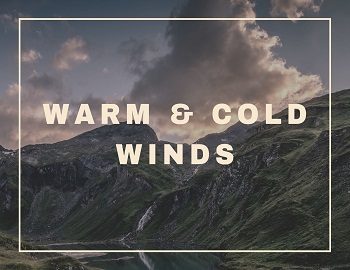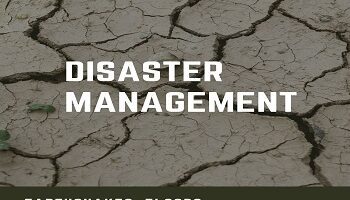Warm and Cold Winds:
- Wind is defined as air moving horizontally over the Earth’s surface.
- In other words, the horizontal movement of air is called wind, which always blows from high pressure to low pressure areas.
- The instrument used to find the wind direction is called a Wind Vane.
- Wind speed is measured by an instrument called Anemometer.
- The line joining places having an equal degree of wind velocity is called Iso kinetic lines.
| Wind Name | Wind Type | Area |
|---|---|---|
| Loo | Warm | From Thar towards North-Western part of India. |
| Foehn | Warm | Alps mountain Europe. |
| Chinook | Warm | The Rockies in North America. |
| Kalbaisakhi | Warm | West Bengal |
| Harmattan | Warm | From the Sahara Desert towards the Gulf of Guinea. |
| Khamsin | Warm | North Africa to the eastern Mediterranean |
| Berg | Warm | South Africa. |
| Zonda | Warm | On the eastern slopes of the Andes in Argentina. |
| Ghibli | Warm | Egypt. |
| Sirocco | Warm | From the Sahara Desert towards the Mediterranean sea. |
| Simoom | Warm | Iran. |
| Mistral | Cold | From central France and the Alps to the Mediterranean. |
| Pampero | Cold | Argentina, a very strong wind that blows in the Pampa. |
| Blizzard | Cold | Canada. |
| Buran | Cold | Russia and Central Asia. |
| Bora | Cold | Adriatic Sea coast in Europe. |
- Snow Eater– Both Foehn and Chinook helps in animal grazing by melting of snow and hastens the ripening of grapes.
- Harmattan is called as doctor wind because it soaks the moisture and makes living better.
- Mistral channels downs the Alps through Rhone river valley.









Comments (No)